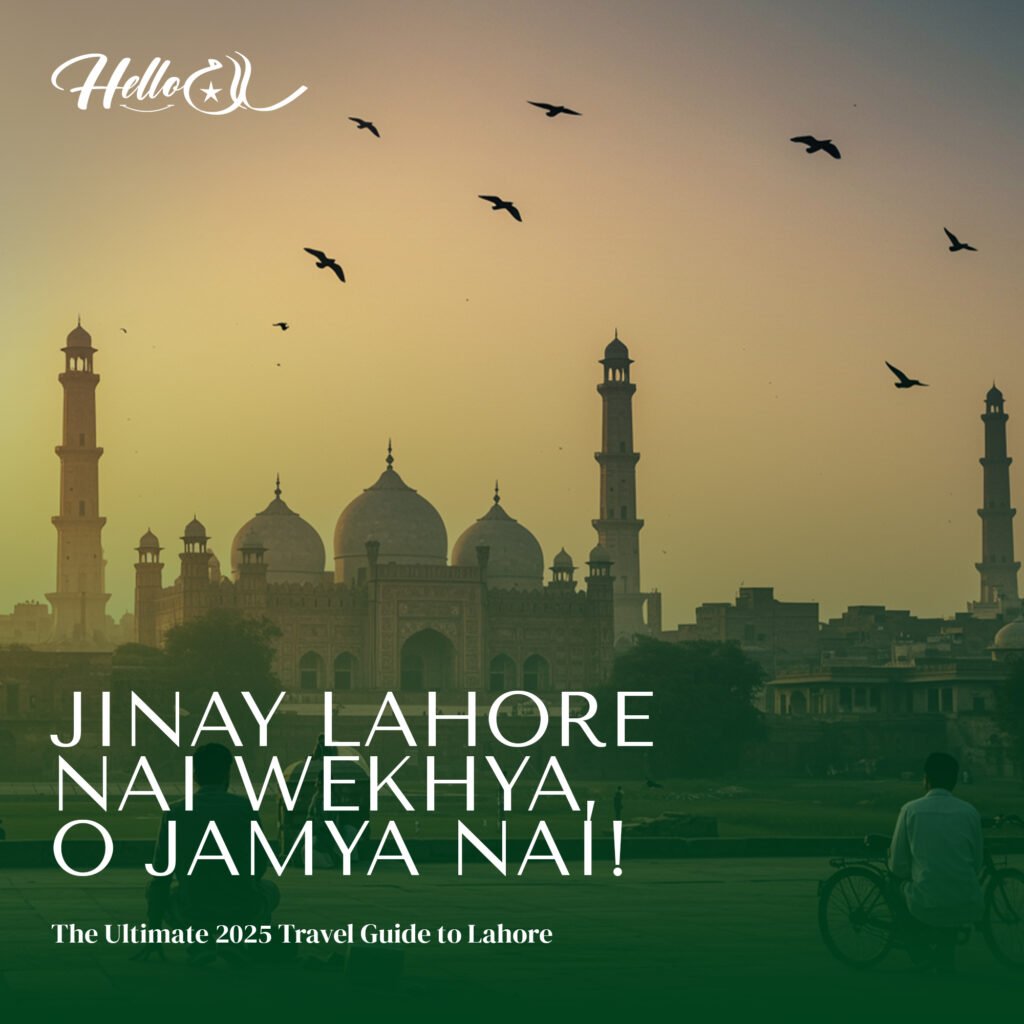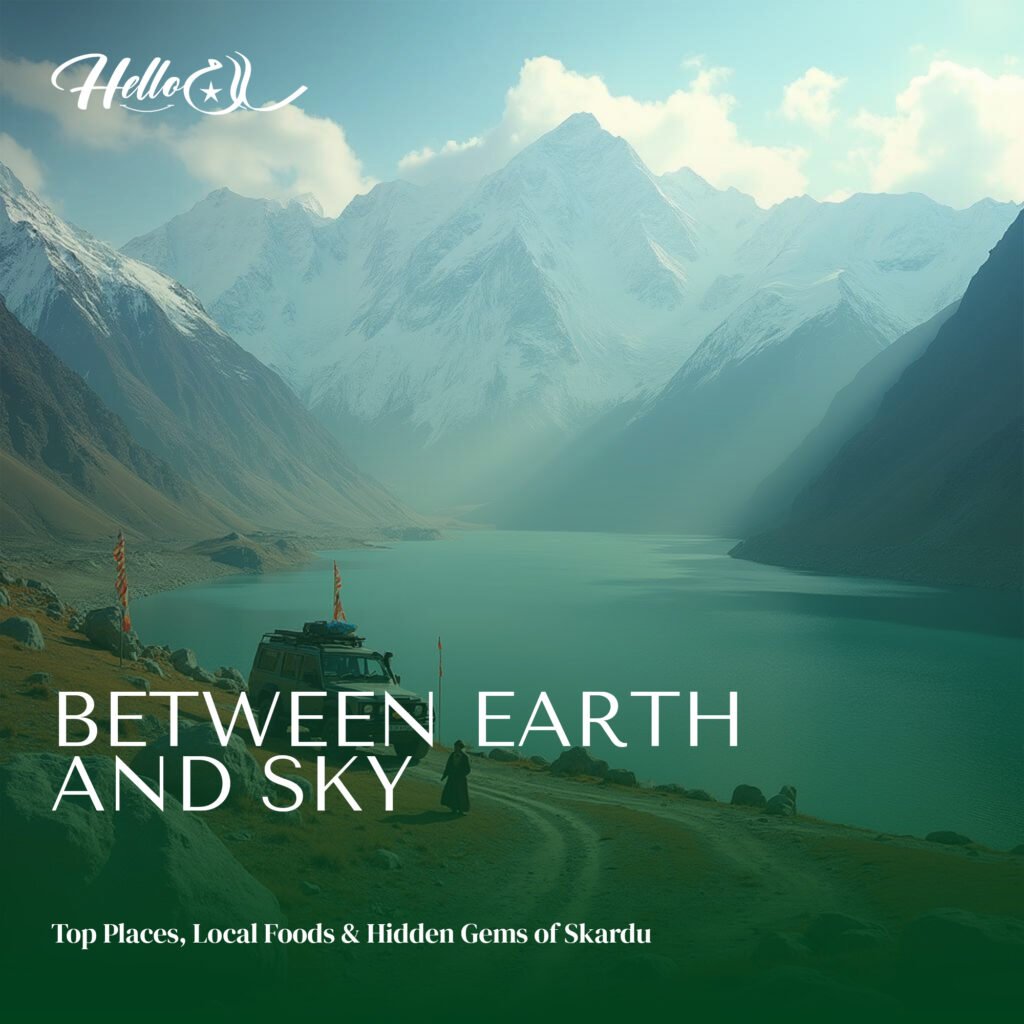Why You Should Visit Kalash Valley: A Complete Travel Guide
Lying amidst the majestic peaks of the Hindu Kush mountain range in northern Pakistan lies a truly extraordinary destination: the Kalash Valley. Far more than just a scenic landscape, this hidden gem in Pakistan offers a profound journey into a living, ancient culture unlike any other. If you’re a foreigner planning to travel to Pakistan and seeking an authentic Pakistan travel experience, the Kalash Valley tourism is an absolute must-add to your itinerary.

The Kalash People: A Living Legacy
The heart of the Kalash Valley lies in its indigenous inhabitants, the Kalash people. This small ethnoreligious group, numbering only a few thousand, has remarkably preserved its distinct identity, unique language, and vibrant traditions for centuries. Unlike the predominantly Muslim population of Pakistan, the Kalash practice an animistic, polytheistic religion, often described as having roots in ancient Hinduism or pre-Vedic traditions. Their unique customs, colorful attire, and warm hospitality make them a fascinating subject for cultural exploration. Many theories surround their origins, with some suggesting they are descendants of Alexander the Great’s army, adding to their mystique.
Exploring the Three Valleys: Bumburet, Rumbur, and Birir
The Kalash Valley actually comprises three main valleys: Bumburet (Mumuret), Rumbur, and Birir. Each offers a slightly different glimpse into the Kalash way of life:
Bumburet Valley: The largest and most accessible, Bumburet is the most popular among tourists. It provides a good starting point with more facilities and guesthouses. Here, you can visit the Kalash Dur Museum, which showcases the community’s rich history, artifacts, and traditional clothing.
- Rumbur Valley: Less developed and more tranquil than Bumburet, Rumbur offers a deeper immersion into traditional Kalash life. It’s known for its untouched beauty and authentic cultural experiences, making it a favorite for those seeking a more secluded retreat.

- Birir Valley: The least developed and least visited of the three, Birir provides the most authentic and remote experience. It’s where many traditional ceremonies and dances are still practiced with minimal outside influence, perfect for adventure travel and those looking for truly off-the-beaten-path destinations.

Vibrant Festivals: A Cultural Spectacle
Timing your visit with one of the Kalash festivals is highly recommended for an unparalleled cultural experience. These festivals in Pakistan are central to Kalash life, marked by music, dance, traditional attire, and ancient rituals. The three main festivals are:
- Chilam Joshi (Spring Festival): Celebrated in mid-May (around May 13-16, 2025), this four-day festival marks the arrival of spring and the beginning of the agricultural season. It’s a joyous occasion where young men and women often choose their partners, adorned in vibrant dresses and flower crowns.

- Uchal (Summer Festival): Held in August (around August 20-22, 2025), Uchal is a harvest festival where the Kalash give thanks for their crops. Festivities include the preparation of cheese and buttermilk, singing, and night-long dancing.

- Choimus (Winter Festival): The most important festival, Choimus takes place for two weeks around the winter solstice in December (around December 15-22, 2025). It involves purification rituals, torch-lit processions, and prayers for prosperity in the coming year.

These Kalash Valley local traditions and festivals offer incredible photography spots and a chance to witness living history.
Planning Your Kalash Valley Adventure
For those eager to explore Pakistan’s culture and embark on this unique journey, here are some essential Kalash Valley travel tips:
- How to Get to Kalash Valley: The gateway is Chitral city. You can fly from Islamabad to Chitral (flights are subject to weather conditions) or take a scenic road trip (approx. 10-14 hours from Islamabad). From Chitral, shared jeeps or private cars are available to take you to Ayun, and then further into the Kalash valleys. Be prepared for bumpy and narrow roads, especially from Ayun onwards, which require experienced drivers.
- Best Time to Visit: While accessible year-round, the warmer months (June to August) offer pleasant temperatures. However, to truly experience the culture, align your visit with one of the major festivals.
- Where to Stay: Accommodation options include guesthouses and homestays, particularly in Bumburet. Staying with a Kalash family offers an immersive experience and supports the local economy. Booking in advance, especially during festival seasons, is highly recommended due to limited availability.
- What to Pack: Pack warm layers, even in summer, as nights can be chilly. Sturdy hiking shoes are essential for exploring the villages and trails. A power bank is advisable due to sporadic electricity.
- Responsible Tourism: The Kalash culture is fragile. It’s crucial to respect local customs and traditions. Always ask for permission before taking photos, especially of women. Support the local economy by purchasing handicrafts and staying in Kalash-run establishments. Be mindful of your waste, as disposal facilities are limited. Foreigners are typically charged a small entry fee which contributes to local welfare and infrastructure.
Beyond the Valleys
While the Kalash Valley is a highlight, remember its part of the broader Northern Pakistan guide. Consider extending your Pakistan travel guide to include other stunning areas like the Hunza Valley, Gilgit-Baltistan, or exploring the historical sites in Chitral city.
The Kalash Valley offers more than just sightseeing; it provides a profound connection with a unique heritage. Its history and culture, coupled with breathtaking landscapes, make it one of the most compelling things to do in Pakistan. Plan your Kalash Valley tour today and prepare for an unforgettable adventure into a truly special corner of the world.
Stay tuned with Hello Salam PK for more!



